Dogs
Real Life Lassie
Visit page here.

Posted By: Paul - Sun Jul 14, 2024 -
Comments (0)
Category: Death, Lakes, Ponds, Rivers, Streams, Swamps and Other Bodies of Fresh Water, Dogs, 1930s, Courage, Bravery, Heroism and Valor
Making a dead dog bark
1909: Dr. Marage of the Paris Academy of Sciences removed the larynx from a dog and made it bark outside of its body. The larynx produced "barks and howls in every note of the canine register, from the deep baying of a mastiff to the shrill pipe of a terrier."I haven't been able to find out what Dr. Marage's first name was. All the sources I can find simply refer to him as 'Dr. Marage'.

The Sketch - Dec 15, 1909

Scientific American - Feb 5, 1910
Text from Scientific American (Feb 5, 1910):
When the larynx of a dog is removed during chloroform anesthesia, the laryngeal muscles retain their ability to contract for a short period, which varies from 3 to 10 minutes, but no contraction can be produced in the muscles of a dead larynx, even if it is removed immediately after the death of an animal, because the arterial blood has escapes.
In order to produce the vibrations, the current of air should be impelled by a pressure of from 6 to 8 inches of water, as it is in the normal production of the human voice. In these conditions the excised larynx of the dog barks and howls in every note of the canine register, from the deep baying of a mastiff to the shrill pipe of a terrier. These various notes are obtained at will by causing various muscles to contract.
Posted By: Alex - Thu Jun 20, 2024 -
Comments (0)
Category: Experiments, Dogs, 1900s
Sailor, the World Record Frisbee Dog
An article here.
Posted By: Paul - Wed May 29, 2024 -
Comments (0)
Category: Sports, Toys, World Records, Dogs, Twenty-first Century
When Dogs Fly

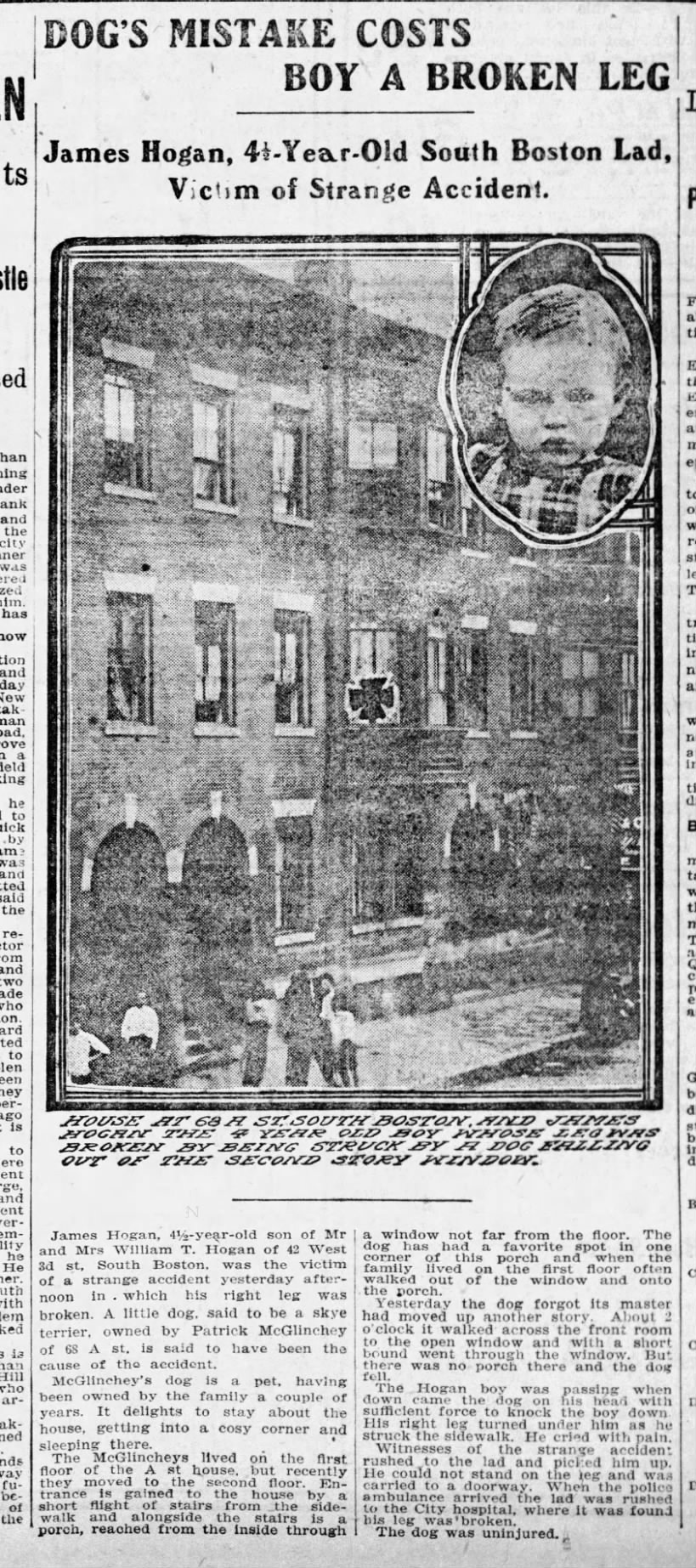
Posted By: Paul - Sun Apr 07, 2024 -
Comments (1)
Category: Innocent Bystanders, Passersby, Witnesses and Accidental Victims, Children, Dogs, 1900s
The Radioactive Pup of Bikini Atoll
Operation Crossroads page at Wikipedia.

Posted By: Paul - Sat Mar 30, 2024 -
Comments (0)
Category: Military, Atomic Power and Other Nuclear Matters, Dogs, 1940s, South Pacific
Koko the smoking poodle
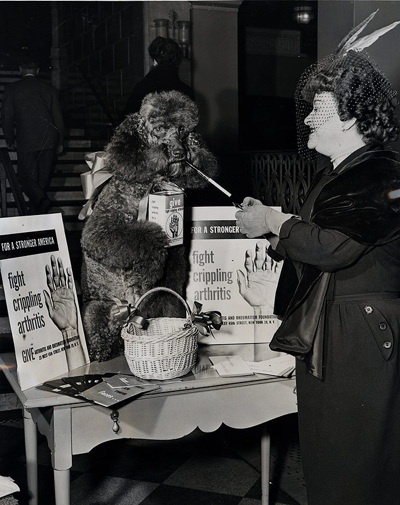
"Taking a break from soliciting support for the Arthritis and Rheumatism Foundation, 'Koko' the poodle pauses for a cigarette."
New York Journal American - Jan 18, 1952
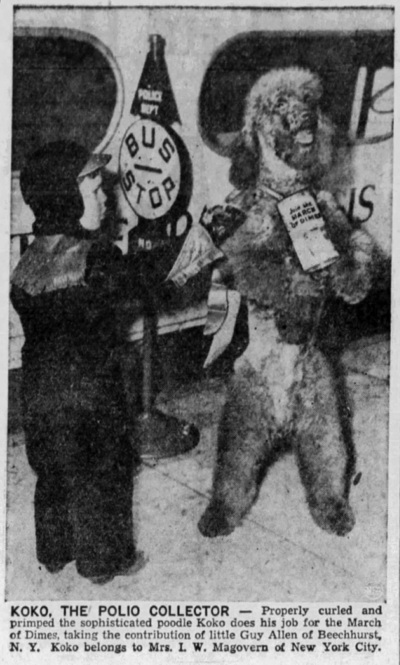
Rapid City Journal - Feb 18, 1950
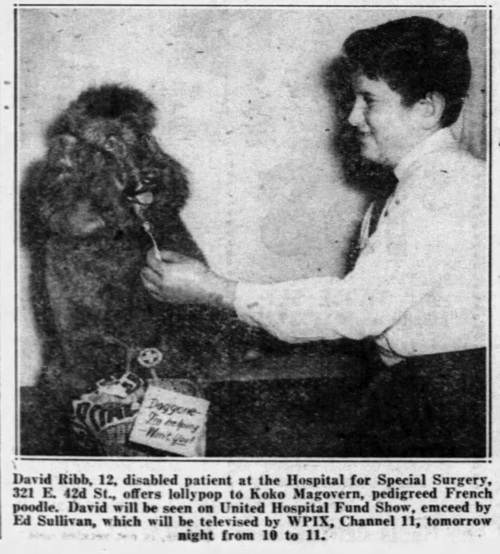
New York Daily News - Nov 8, 1953
Posted By: Alex - Mon Jan 15, 2024 -
Comments (0)
Category: Smoking and Tobacco, Dogs, 1950s
Dog Collar with Decorative Tie
When you want to bring your dog to the office, he or she must be properly dressed in a business-like manner.Patent here.
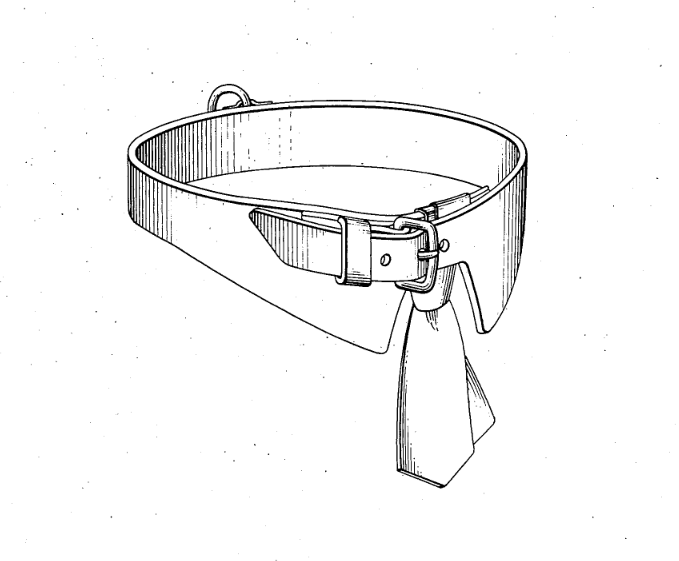
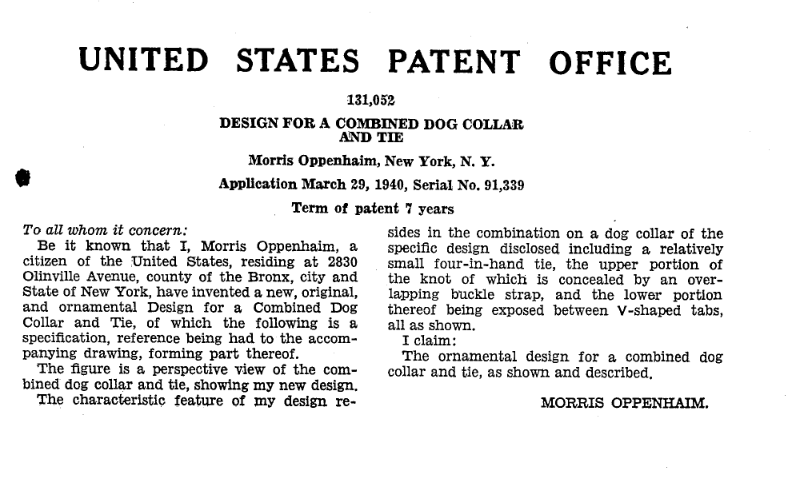
Posted By: Paul - Mon Nov 27, 2023 -
Comments (1)
Category: Business, Fashion, Patents, Dogs, 1940s
Marco Dog and Cat Food—With Kelp!
And we all know how much cats and dogs love to chew kelp!

Posted By: Paul - Sat Nov 04, 2023 -
Comments (2)
Category: Oceans and Maritime Pursuits, Cats, Dogs, Twentieth Century
How to find a dog
The article says that Clara Peters was a housewife, which seems unlikely given the nature of her public offer. But who knows.
Alberni Valley Times - Aug 13, 1974
Posted By: Alex - Mon Oct 09, 2023 -
Comments (4)
Category: Dogs, 1970s, Love & Romance
Follies of the Madmen #577
How we did things before there was CGI.
Posted By: Paul - Mon Oct 09, 2023 -
Comments (0)
Category: Anthropomorphism, Food, Advertising, Dogs, 1960s

| Who We Are |
|---|
| Alex Boese Alex is the creator and curator of the Museum of Hoaxes. He's also the author of various weird, non-fiction, science-themed books such as Elephants on Acid and Psychedelic Apes. Paul Di Filippo Paul has been paid to put weird ideas into fictional form for over thirty years, in his career as a noted science fiction writer. He has recently begun blogging on many curious topics with three fellow writers at The Inferior 4+1. Contact Us |




